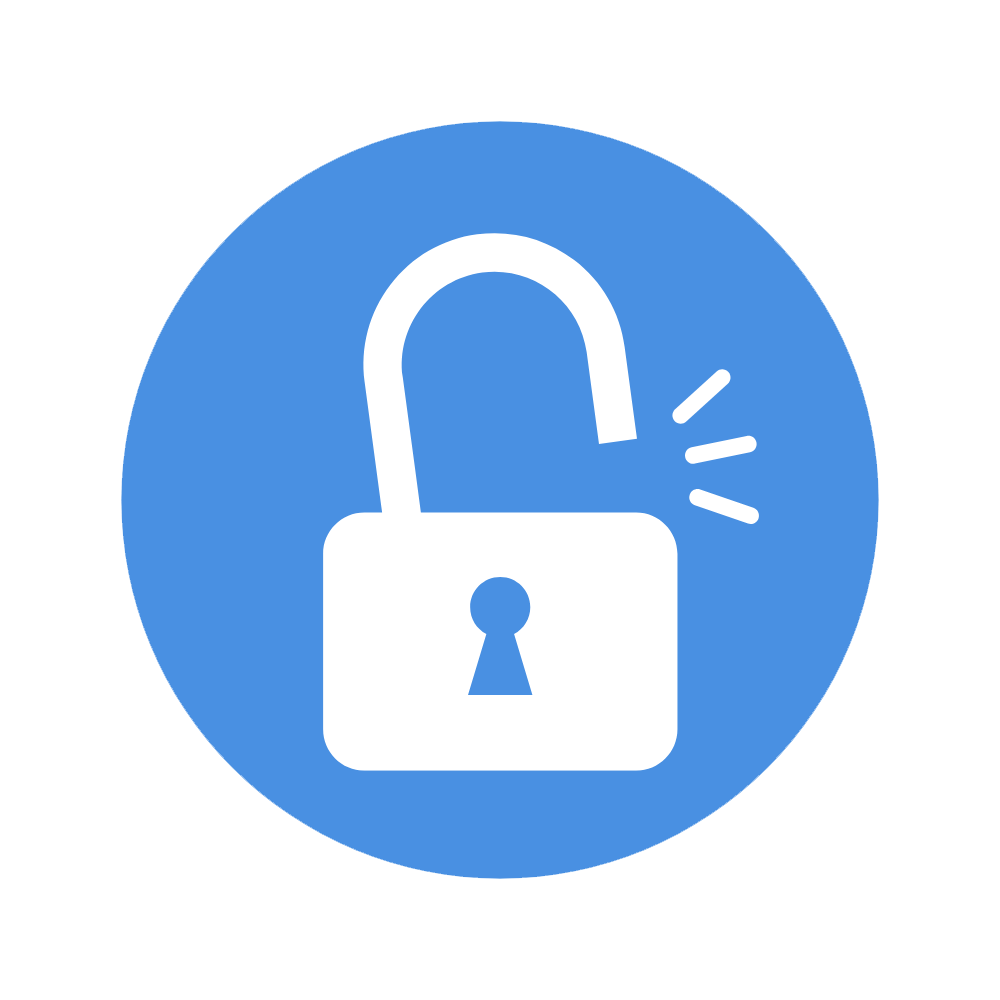Table of Contents
Reduce patient no-shows in your physical therapy practice with proven strategies. Set clear attendance policies, send automated appointment reminders, offer telehealth options, and build strong patient relationships to increase commitment and decrease no-show rates. Enhance practice efficiency and improve patient retention with these actionable techniques.

Running a physical therapy practice requires careful planning, especially when it comes to patient attendance. One of the most significant challenges you might face is managing patient no-shows—those individuals who miss appointments without notifying you in advance. No-shows can be frustrating not only because they disrupt your schedule but also because they can directly impact your practice’s profitability and patient outcomes. With the ongoing disruptions caused by various external factors like restrictions and changing patient habits, reducing no-shows has become more crucial than ever. Here are some strategies to help lower your no-show rate:
1. Set Attendance Boundaries During the Initial Evaluation
One of the best ways to ensure that patients take their appointments seriously is to set clear attendance expectations right from the start. During the initial evaluation, discuss the clinic’s attendance policy with the patient in-depth. Have a printed policy that outlines the consequences of a no-show or last-minute cancellation, including a set charge for missed appointments and a policy for how far in advance a patient must cancel to avoid penalties. Be sure to explain the reasoning behind these measures—emphasizing that these policies help ensure that your practice operates smoothly and that you can continue offering quality care.
Additionally, setting a limit on the number of “no-shows” a patient can have before being discharged from physical therapy is also important. This not only encourages accountability but also helps patients understand the impact of their actions on others who are waiting for treatment. For example, you might allow up to two cancellations before implementing a discharge plan. This approach encourages patients to think twice before skipping appointments, knowing there are consequences.
2. Send Automated Appointment Reminders
One common reason for no-shows is simply forgetting about the scheduled appointment. People are busy, and it’s easy for appointments to slip through the cracks, especially for those who might only visit the clinic once or twice a week. To minimize forgetfulness, implement an automated reminder system that sends notifications to patients about their upcoming appointments.
Many Electronic Health Record (EHR) systems, including HelloNote, offer automated reminders that can be customized to send a few days before an appointment and even on the day of the appointment. These reminders should be sent through preferred communication channels—whether it’s via email, SMS, or phone calls. By reminding patients closer to their appointment time, they are more likely to remember their commitment and will have enough time to reschedule if necessary. This proactive step can significantly lower the chance of no-shows.
A study by the Journal of the American Medical Association found that automated reminders can reduce no-show rates by up to 30%, making them a simple yet effective tool to combat this issue. Just remember that using a HIPAA-compliant platform, like HelloNote, ensures that your patient data remains secure while also delivering timely reminders.
3. Offer Telehealth Physical Therapy Appointments
Sometimes life just gets in the way—whether it’s work commitments, family issues, or even weather-related challenges. A patient who would otherwise attend their session may not be able to make it to the clinic. This can lead to missed appointments and, ultimately, delayed recovery. Offering telehealth physical therapy appointments can be a practical solution in these situations.
Telehealth allows patients to attend their sessions virtually, eliminating the barrier of travel or scheduling conflicts. While it might not be ideal for every case, especially when hands-on therapy is required, it can be a useful alternative for follow-ups or certain types of exercises. By providing this option, you not only reduce the risk of no-shows but also offer patients flexibility, increasing their commitment to treatment.
However, it’s important to emphasize that in-person appointments still have unique advantages, particularly for complex treatments. Patients should understand that while telehealth is a great supplement, it cannot replace the full benefits of in-person care.
4. Build a Relationship with the Patient
Building rapport with your patients is one of the most effective ways to ensure they remain committed to their therapy sessions. A strong relationship can encourage patients to prioritize their appointments, as they feel more personally invested in their progress and recovery.
Take the time to understand each patient’s specific goals and expectations. If a patient is struggling with their treatment or not feeling the expected progress, address their concerns directly. When patients feel that their treatment plan is tailored to their needs and when they trust their therapist, they are more likely to attend appointments consistently. Regular check-ins and open communication are key components of this relationship.
Encourage patients to share their thoughts about the plan of care and make adjustments as necessary. Collaboratively setting realistic, achievable goals with patients can give them a greater sense of ownership over their treatment. When they see the connection between their efforts and their progress, they are more motivated to attend every session.
Conclusion
Reducing no-shows in your physical therapy practice requires proactive strategies and consistent communication with your patients. By setting attendance boundaries early, utilizing automated reminders, offering telehealth options, and building strong relationships with patients, you can significantly reduce the frequency of missed appointments. Implementing these strategies not only enhances your schedule’s reliability but also boosts patient commitment to their recovery process.
While no-show patients will always be part of the equation, taking a few proactive steps can help mitigate their impact on your practice. By reducing the number of missed appointments, you can focus more on delivering quality care and improving patient outcomes, ensuring your practice thrives even in the face of external challenges.
Incorporating these steps into your daily operations will help maintain a smooth-running practice and foster stronger patient relationships, ultimately leading to better health outcomes and increased profitability.



















